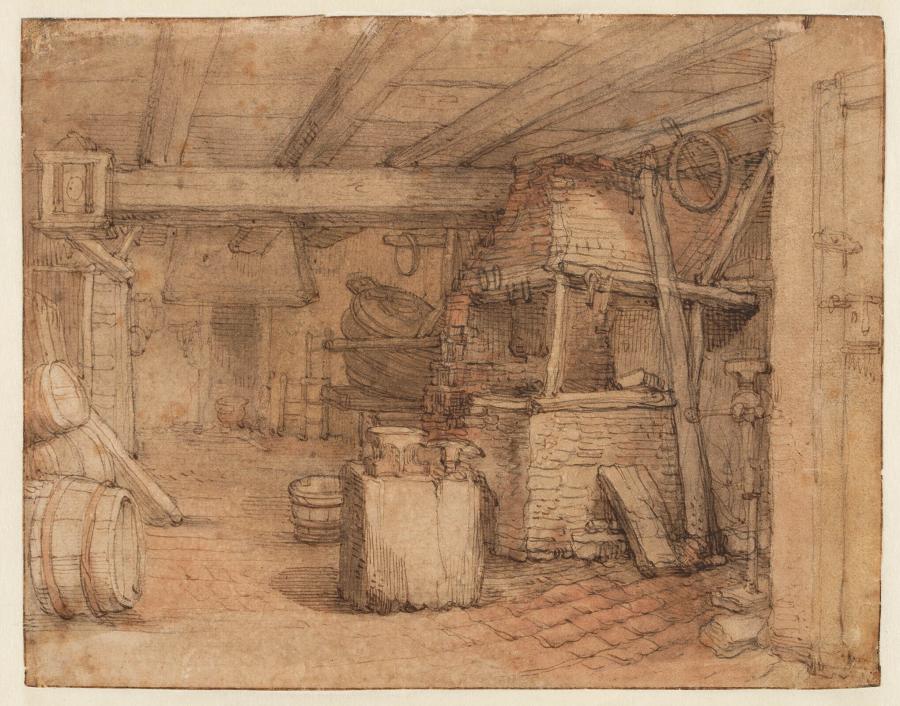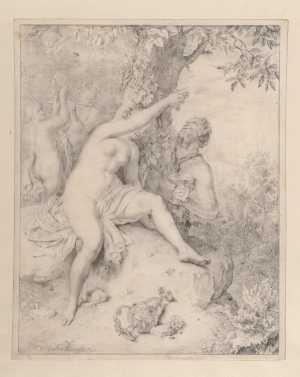Specificaties
| Titel | Interieur van de werkplaats van een kuiper |
|---|---|
| Materiaal en techniek | Zwart krijt, pen in bruine inkt, bruin en rood gewassen, kaderlijnen met de pen in bruine inkt |
| Objectsoort |
Tekening
> Tweedimensionaal object
> Kunstvoorwerp
|
| Locatie | Dit object is in het depot |
| Afmetingen |
Hoogte 190 cm Breedte 242 cm |
|---|---|
| Makers |
Tekenaar:
Abraham Bloemaert
|
| Inventarisnummer | A Bloemaert 12 (PK) |
| Credits | Aankoop 1866 |
| Collectie | Tekeningen & Prenten |
| Verwervingsdatum | 1866 |
| Vervaardigingsdatum | in circa 1600-1610 |
| Signatuur | ‘Bloemaert 92’ (verso, rechtsonder, in zwart krijt) |
| Watermerk | coat of arms of Burgundy and Austria with Golden Fleece beneath (fragment: top part of the shield, with crown, 51x62 mm, on the lower right margin, on P5-7 from the left)(vH, 9P, fine), similar to Heawood 481 (Schieland 1602 and in Jodocus Hondius, Theatrum Artis Scribendi, Amsterdam 1594), similar to Churchill 266, but without housemark in the lower section of the shield (no place, 1623). This type of watermark (fragmented), is also found in drawings by Carel van Mander in the Museum Boijmans Van Beuningen, inv. nos. MB 1721-1723, MB 1726 and MB 1728 [Click thumbnail for an image] |
| Conditie | foxing, vlekken, niet vlak in de hoeken links en rechts boven, linker bovenhoek gerepareerd, bovenrand beschadigd |
| Merkteken | geen |
| Herkomst | Gerard Leembruggen jz. (1801-1865), Hillegom, his (†) sale, Amsterdam (Roos et al.), 5-8 March 1866, no. 92, fl. 7.50 [copy RKD], to Lamme for the museum |
| Tentoonstellingen | Brussel/Hamburg 1961, no. 8. 6; Utrecht/Schwerin 2011, no. 54; Parijs/Rotterdam 2014, no. 77 (alleen Parijs); Washington 2017, no. # |
| Externe tentoonstellingen |
Abraham Bloemaert. Een grootheid uit de Gouden Eeuw (2011) Abraham Bloemaert - Een grootheid uit de Gouden Eeuw (2012) Bosch to Bloemaert. Early Netherlandish Drawings from the Museum Boijmans Van Beuningen (2014) Bosch to Bloemaert. Early Netherlandish Drawings (2017) |
| Onderzoek |
Toon onderzoek Nederlandse tekeningen uit de vijftiende en zestiende eeuw |
| Literatuur | cat. 1869, nr. 23; Bremmer 1924, nr. 68; Martin 1935, p. 270; Roetlisberger 1993, dl. 1, p. 317, onder nr. 493; Bolten 2007, nr. 1667; Shoaf Turner 2012, p. 20, onder nr. 5, p. 203, nr. 5/6; Collection Catalogue 2012 (online) |
| Materiaal | |
| Object | |
| Techniek |
Rood gewassen
> Wassen
> Gewassen
> Tekentechniek
> Techniek
> Materiaal en techniek
Bruin gewassen
> Wassen
> Gewassen
> Tekentechniek
> Techniek
> Materiaal en techniek
|
| Geografische herkomst | Nederland > West-Europa > Europa |
























